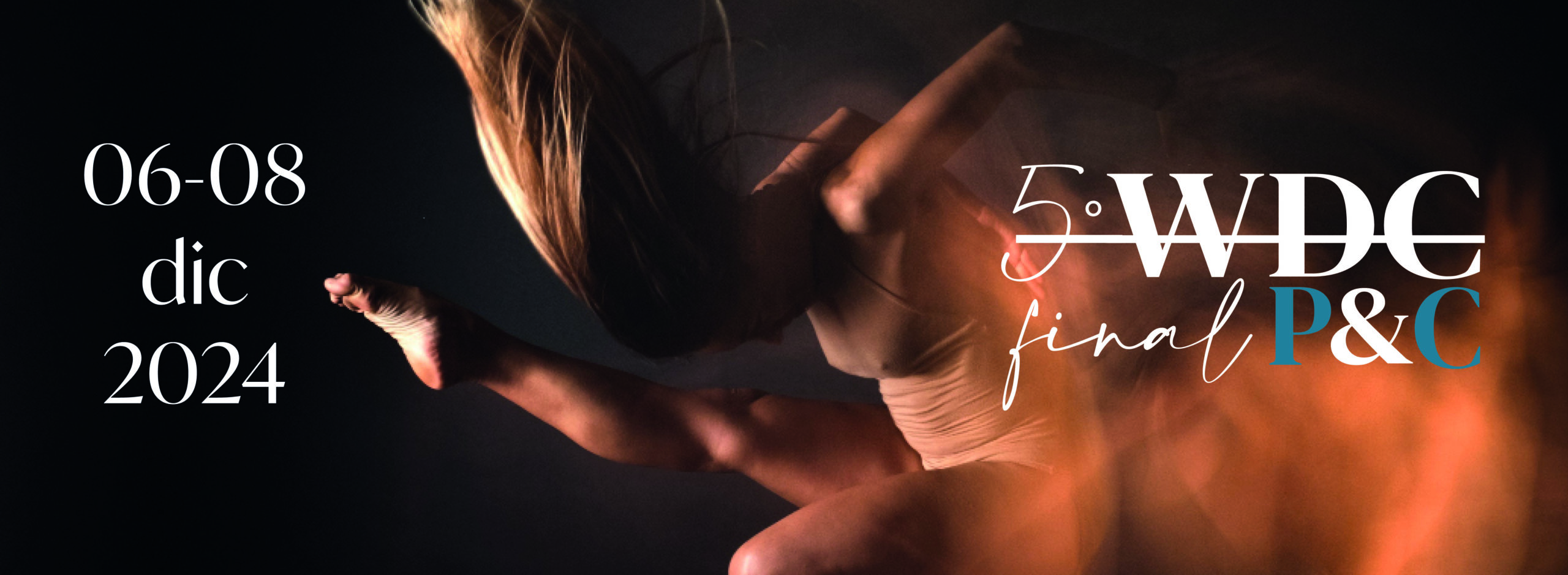Intro
For Oriental Dance (in arabian language “raqs sharqi”) we mean the dances originating from the Middle East and Arab countries, including arab folklores and new more recent fusions with other disciplines.
Styles
Raks Sharqi: it’s allowed the use of the veil; traditional baladi and mejancè are also allowed.
Folklore: Saidi, Khaliji, traditional Baladi, Dabke, Ghawazee, Nubian, Iraqi, Shaabi, Street Shaabi, Eskandarani, Fellahi, Shamadan…
Show: the use of the sword, fan veils and isis wings is allowed, this style includes tribal fusion, drum solo, flamenco-Arabic, belly-samba, Oriental Tango ..
Small sets are allowed as long as they are suited to the theme and not bulky, at the end of the performance the stage must be free. No dangerous items allowed.
Ages categories
- Promotional: from 6 to 7 years
- Mini: from 8 to 9 years
- Youth: from 10 to 12 years
- Junior: from 13 to 16 years
- Adults: from 17 to 35 years
- Senior: 35+
The age range is identified by calculating the average of the group. Dancer’s age is considered with referral to the calendar year (1st January – 31st December).. For the Duo, the age of the oldest dancer is taken as reference.
Levels
- B: beginners, first experiences
- A: advanced dancers with lot of experience
- P: professional dancers, teachers
Competitive units
- Solo
- Duo
- Groups (from 3 to 5 participants)
- Formation (6+ participants)
Music limits
The limit of the music pieces for solo, of any level and age, is minimum of 1:30 minutes and must not exceed 2:30 minutes. For the duo the duration allowed is 3 minutes, while for groups and formations up to 3:30 – 4:00 minutes.
Clothing
Clothing must be concerned with the style represented, the age of the dancer and the category in which competes.
For the Folklore category, the dress must represent the type of folklore chosen. In women’s clothing, the bra must be covering, as must the intimate parts and the non-transparent skirt or trousers. In men’s clothing, the costume must include trousers, possibly with a scarf, a top, a vest or a shirt. Footwear with a heel greater than 1.5 cm is prohibited, except for the Eskandarani Dance where the heel can reach 5 cm; you can dance with slave sandals or barefoot. For the MINI and YOUTH categories, the must be used a top, bra is not allowed.
Evaluation
Judges will follow 4 parameters :
- TECHNIQUE : execution of technical elements, movements and figures (position, elegance, timing, balance and body control)
- CHOREOGRAPHY: distribution of figures and movements in accordance with dance context, use of space..
- INTERPRETATION: dancer’s ability to follow the rhythm and musical melody and express them through his/her body motion
- IMAGINE: costumes, make-up, hair..
Points
The jury will evaluate the performances with a score from 1 to 10 including half a point and +.
Penalties
There is disqualification in case of:
- Misbehavior of an athlete
- Fail to appear on stage after being called for the third time
- Performing in the wrong speciality (ex. a show performance in Folklore category)
Also, no dangerous objects are allowed (ex. candles lit during a Shamadan style performance).
Execution of competition
Organisation, whenever necessary, would make selections for the Raks Sharqi style using songs chosen by the organization in the following ways:
- 30 seconds: all together (in groups of up to 8 dancers)
- 1 minute: in groups of up to 4 dancers
- 30 seconds: all together (in groups of up to 8 dancers)
In the case of semifinals, the dancers who will access the final will be 6 (six) and will dance with their own music.
Music
The choice of music is to be considered free as long as it’s suited to the chosen genre. Tabla solo must not exceed 1/3 of entire presentation.
Music must be sent to the organization by e-mail. However, it is recommended to bring the music in Mp3 format with a CD or USB as a reserve, with general information (Name/surname, name of the school…).


